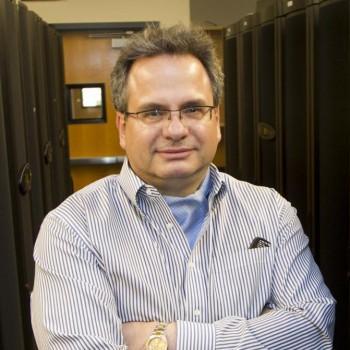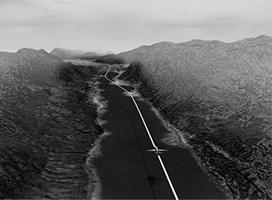Home
Welcome from the Chair

On behalf of our faculty, staff and students, I welcome you to the Department of Aeronautics and Astronautics at Stanford University. We are proud of our culture of innovation and leadership, our alumni, and their exceptional achievements in government, academia, and industry.
Information for
Research Themes
The department has six thematic research areas:
Recent News
Upcoming Events
Currently, no future events are scheduled.
Future Aircraft Design

With the advent of technological revolutions, future aircraft will play an increasingly more important part of our lives. From silent, efficient global transportation to personal or on-demand flight that frees us from roads, and to autonomous air vehicles for delivery of information and goods, the future of flight promises to look very different than today. In partnership with our government and industrial sponsors, our aircraft design research team focuses on these enabling technologies and their application to future flight concepts.
Autonomous Systems and Controls

Our fundamental and applied research efforts in the are of autonomous systems and controls focus on enabling greater levels of autonomy on land, sea, sky, and space. Our current applications of interest include robotic transportation networks, mapping and navigation in extreme environments, planning and control for agile robotic systems, air traffic management, and space robotics.
Cyber Safety for Transportation

Transportation is changing dramatically. Soon, cars will drive while the enclosed humans snooze or send text messages. Trains will slow and speed, certain that they alone occupy the underlying track. Airborne drones will fly confidently between buildings to monitor air pollution and order in our cities. For all of this, transportation will be safer and have much less impact on our environment. However, this new world of movement will need to be protected from cyber hackers.
Distributed Space Systems

Distributed Space Systems (DSS) consist of two or more satellites that interact to accomplish scientific, commercial, or technological objectives that are otherwise very difficult if not impossible to achieve using a traditional monolithic spacecraft. Key applications of DSS include digital elevation modeling, gravity recovery, weather prediction, and disaster monitoring in the planetary science domain; gravitational wave detection, direct exoplanet, and star dust imaging in the space science domain; space debris removal and on-orbit inspection and servicing in the space situational awareness domain.
Multifunctional Materials and Intelligent Structures

Our Multifunctional Materials and Intelligent Structures group focuses on the design, manufacturing and experimental characterization of next generation materials and structures to be used in aircraft, space exploratio, and automotive systems. Interests include smart structures, structural health monitoring, lightweight composites, multi-functional materials, nanomaterials, micro- and nano-scale sensors, and harsh environment electronics.
Multi-Disciplinary Computational Aerosciences

Our research in computational aerosciences is driven by the daring technologies underlying next-generation aerospace systems. It spans both extremes of the dimensionality spectrum: physics-based, high-fidelity computational models aimed at furthering our understanding of complex phenomena in turbulence, aeroacoustics, aerodynamics, aeroelasticity, aerothermomechanics, and many other multi-disciplinary areas relevant to aerospace engineering sciences; reduced-order models for all those pressing engineering problems that require real-time simulation responses such as, for example, the rapid exploration of a design space or optimal control.
KACST-STANFORD Center of Excellence for Aeronautics and Astronautics

New green propellants. Advanced micro- unpiloted aerial vehicles (MAVs). Faster algorithms to simulate turbulence. The most precise positioning technology known to science. These are among the research projects pursued by our King Abdulaziz City for Science and Technology (KACST)/Stanford Center of Excellence in Aeronautics and Astronautics, a collaborative effort involving engineers and scientists from Stanford and KACST in Saudi Arabia.
Army High-Performance Computing Research Center (AHPCR)

The Army High Performance Computing Research Center (AHPCRC) is a consortium of universities that includes Stanford as the lead, The University of Texas, El Paso, New Mexico State University, and Morgan State University. We are working in cooperation with the Army Research Laboratory (ARL) on advancing the field of Computation-Based Engineering Science. Specifically, our focus is on advancing the state-of-the-art of the efficient, scalable solution of multi-scale, multi-physics, and big data problems on the next-generation high-performance computing systems.











